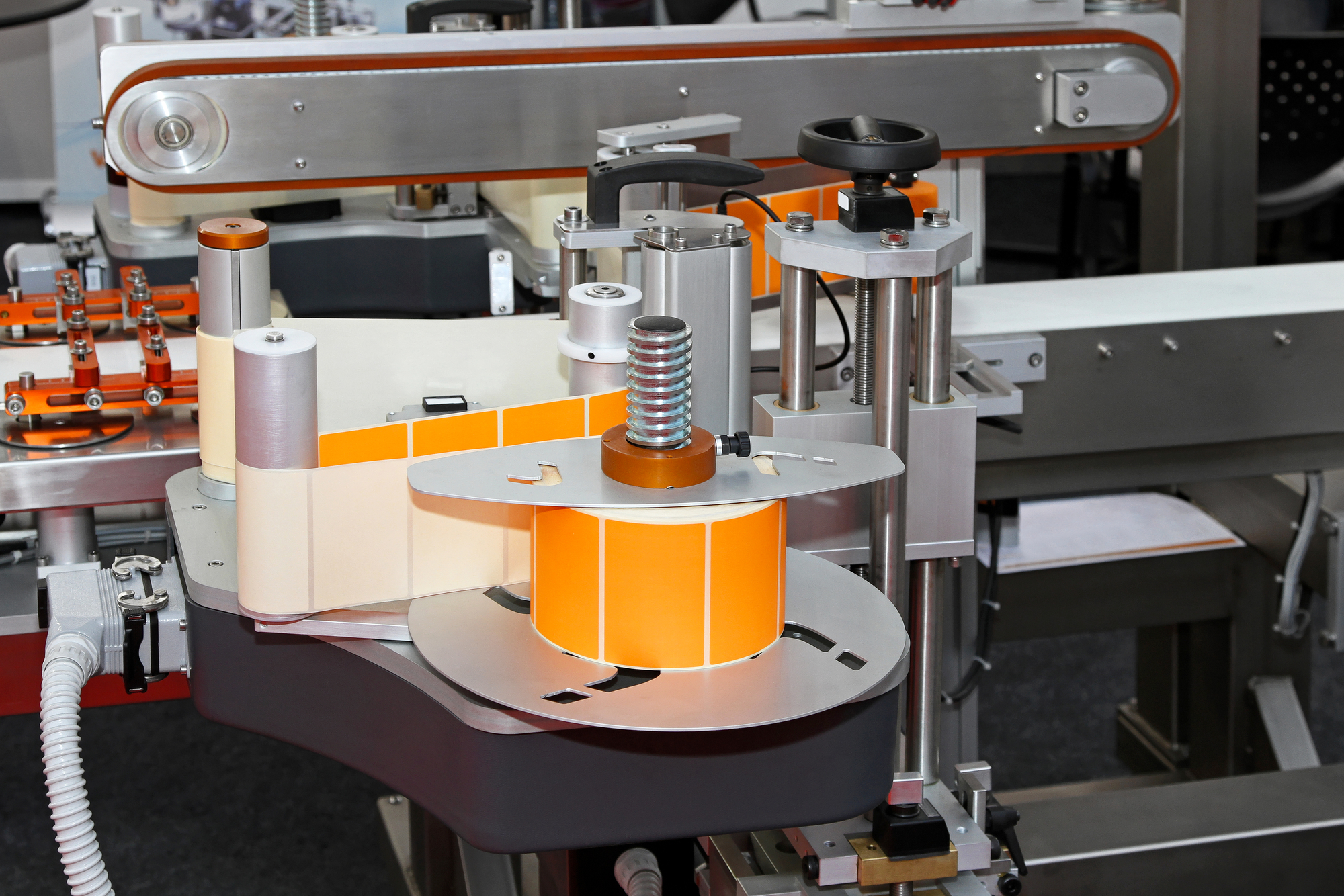In Mold Labeling (IML)
With in-mold labeling, cut imprinted plastic films, also known as labels, are placed to precisely fit into the injection mold by means of a handling unit. The labels are fixed in place through application of vacuum or static electricity charge, and then rear injected with plastic material.
Then heat and pressure are applied to melt the substrate film, which is precisely adjusted to the plastic material, with the melt introduced to form the final product in the filling and holding cycles. In many instances, this technology is used in combination with stacking molds for increased output while maintaining reproducible and quality at the same levels.
The In-Mold-Labeling Process
- The label is imprinted and cut to the final size by the label supplier (external contractor).
- The label is taken into the reach of the mold by means of a handling unit.
- The label is transferred and fixed in place (vacuum, static charge) within the cavity range.
- The label inserted as above is rear injected inside the mold.
- The finished part is removed while a new label is inserted at the same time.
One of the best-selling benefits of in-mold labeling is for safety labels since in mold labels are virtually permanent and leave a register on the part if removed which in the end leaves no question as to the existence of the label. This is not the case with adhesive post molding installed labels. This feature could be a godsend in the event of litigation.
 Pros of incorporating IML
Pros of incorporating IML
- The process of labeling in the mold saves cost in long runs by minimizing waste, labor and time.
- After injecting the plastic in the mold the product is 100% finished, cutting out the posterior process of labeling the product, saving time and manpower.
- In Mold Labels allow a high-quality graphic resolution. For those products aiming to stand out visually in the point of sale this means a huge advantage.
- Because the label becomes an integral part of the product, the visual effect is integrated and therefore perceived as if the product was directly printed on top.
- It is resistant against rubbing and scratching. Decoration within mold labels endure longer thanks to a plastic layer protecting the design.
- The label itself endures longer. It will resist heat, cold, freezing, and microwaves as much as the whole product itself.

